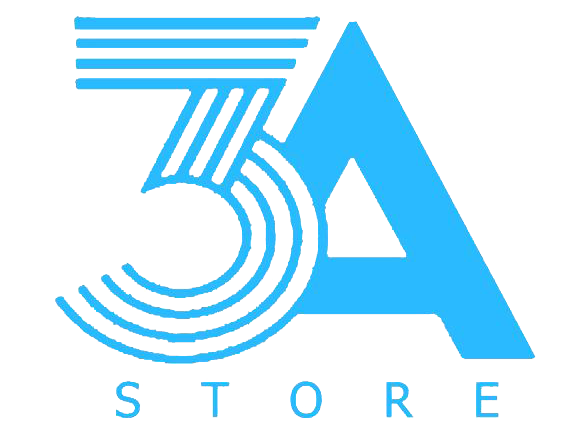A repository is a digital repository for storage, management and preservation of documents and academic information. Repositories can be a great option to make your files accessible to users, aid reuse and adhere to start access restrictions. They can also aid in reducing costs by automating manual processes, and improving productivity. However, implementing a repository may require significant upfront efforts and change management. It is therefore crucial for cultural centers and libraries to be prepared to face the challenges that come with it.
A central repository improves data quality, compliance and governance, making it an http://onlinedataroom.net/ma-rumors-pitfalls-and-hints/ essential step for institutions to transform into businesses powered by analytics that are well-positioned for growth in the future. Utilizing a consolidated data model will also increase transparency, impact, and the value of an institution’s work the general public.
Document repositories can help you automate manual workflows, manage documents’ security, develop collaboration tools, and link to third-party software applications used by your organization. They also offer backup storage to ensure that your data is always secure and accessible.
A repository also helps reduce duplicate records through consolidation of data into one location. They also have tools to prevent conflicting updates. This ensures that the latest and accurate version of the data is always available.
Repositories also provide non-technical staff members with speedy access to the information they need. This helps them save time from sending files over for comparison, as well as trying to navigate through multiple databases. Additionally, these platforms can make data more palatable for nontechnical users to understand and use.





